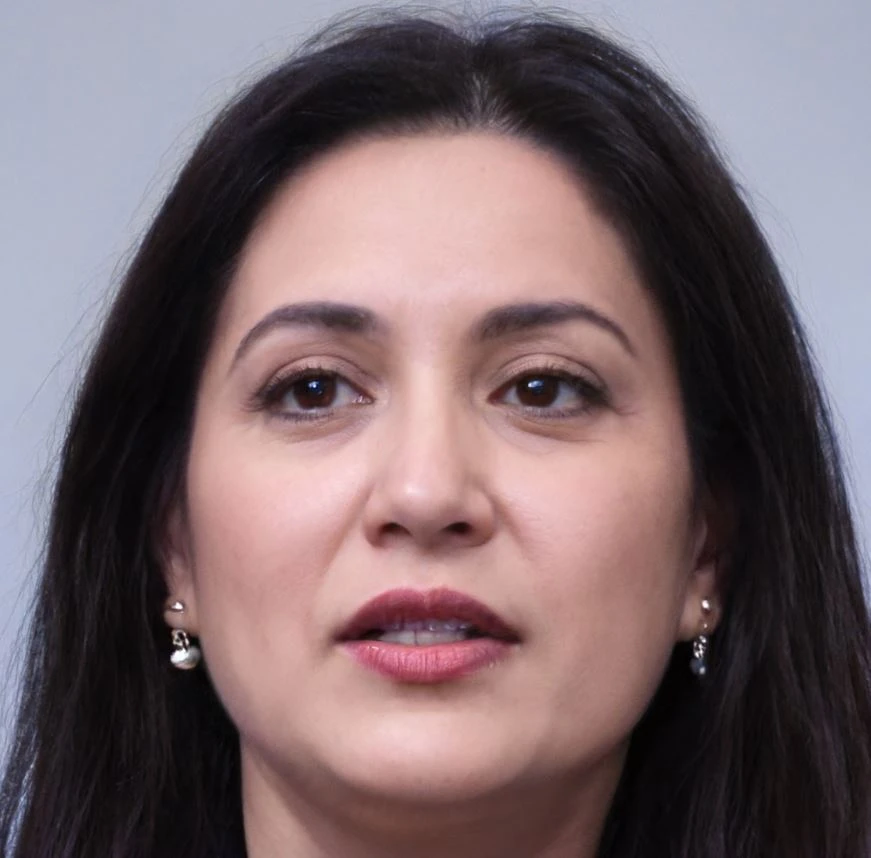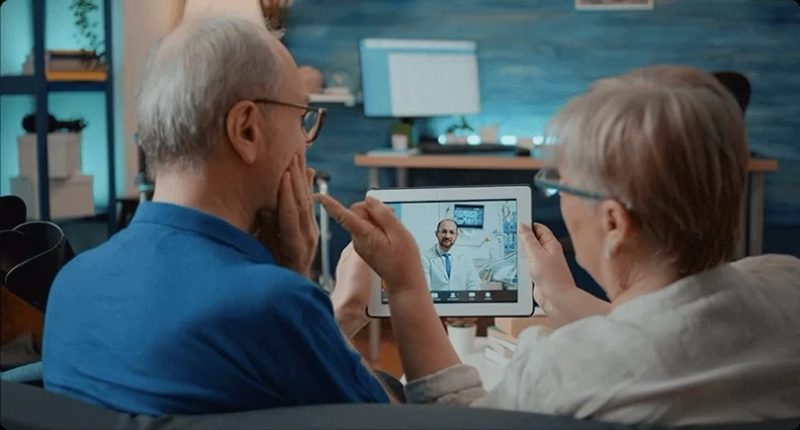Remote patient monitoring systems have emerged as a ground breaking solution in modern healthcare, revolutionizing the way patients are monitored and cared for. Let's explore the world of remote patient monitoring services, their significance in healthcare, and the advancements in remote patient monitoring technology.
What exactly are remote patient monitoring services, and how do they function within the healthcare landscape?
Remote patient monitoring services involve the use of technology to collect patient data outside of traditional healthcare settings, such as hospitals or clinics. These systems allow healthcare providers to monitor patients' vital signs, symptoms, and other health indicators remotely, enabling timely intervention and personalized care.
How do remote patient monitoring systems contribute to improving patient care and outcomes?
Remote patient monitoring systems play a crucial role in enhancing patient care by providing continuous monitoring and real-time data insights. By tracking patients' health metrics from their own homes, these systems enable early detection of potential health issues, proactive management of chronic conditions, and timely interventions to prevent complications.
What are the key benefits of implementing remote patient monitoring solutions for healthcare providers and patients alike?
Remote patient monitoring solutions offer a multitude of advantages, including:
Improved patient outcomes through proactive monitoring and early intervention.Enhanced patient satisfaction by allowing them to receive care in the comfort of their homes.Reduction in healthcare costs associated with hospital readmissions and emergency room visits.Streamlined workflow for healthcare providers, with remote access to patient data and automated alerts for critical issues.Empowerment of patients to take control of their health and engage in self-care practices.
How have patient monitoring systems evolved over time, particularly in the realm of remote patient monitoring?
Patient monitoring systems have evolved from traditional in-person monitoring to remote, technology-driven solutions. Early iterations of remote patient monitoring systems may have been limited in functionality and scope. However, advancements in wearable devices, wireless technology, and data analytics have paved the way for more sophisticated and comprehensive remote patient monitoring systems.
What are some essential features and capabilities of remote patient monitoring systems?
Key features of remote patient monitoring systems include:
Real-time monitoring of vital signs, such as heart rate, blood pressure, and blood glucose levels.Integration with wearable devices and mobile applications for data collection and transmission.Customizable alert systems to notify healthcare providers of any deviations from normal health parameters.Secure data storage and transmission protocols to ensure patient privacy and compliance with healthcare regulations.
What factors should healthcare organizations consider when selecting a remote patient monitoring system?
When choosing a remote patient monitoring system, healthcare organizations should consider factors such as:
Scalability: Ensure the system can adapt to varying patient populations and healthcare settings.
Compatibility: Check for compatibility with existing electronic health record systems and other IT infrastructure.
Ease of Use: Select a system with user-friendly interfaces for both healthcare providers and patients.
Data Security: Prioritize systems with robust security measures to protect patient information from unauthorized access.
What innovations and advancements can be expected in the future of remote patient monitoring?
The future of remote patient monitoring holds promise for further integration of artificial intelligence, machine learning, and predictive analytics. These technologies will enable more accurate risk stratification, personalized treatment recommendations, and predictive modeling for early intervention and preventive care.
Conclusion
Remote patient monitoring systems represent a transformative approach to healthcare delivery, offering a seamless blend of technology and patient-centered care. By harnessing the power of remote patient monitoring solutions, healthcare providers can improve patient outcomes, enhance efficiency, and empower patients to actively participate in their own healthcare journey.
As technology continues to advance and healthcare needs evolve, remote patient monitoring systems will undoubtedly play an increasingly integral role in shaping the future of healthcare.



